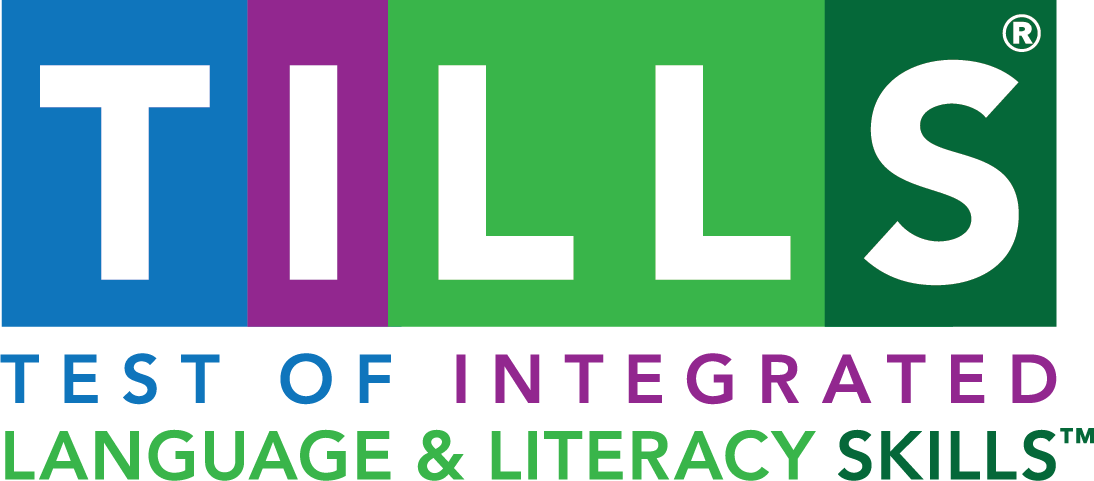How It Works
Here’s how to use the TILLS™ Examiner’s Kit to screen for and diagnose language and literacy disorders, including dyslexia.

First, you’ll identify at-risk students with the evidence based Student Language Scale (SLS), a quick and easy one-page, 12-question screener filled out by the teacher, parent, and student. Complete in less than five minutes, the SLS helps you:
- Screen for language/literacy disorders by gathering teachers’ and parents’ ratings of students.
- Gather input about a struggling student’s strengths and needs from multiple sources—a key requirement of IDEA.
- Enhance home–school communication by gaining new insight into student performance, whether or not there are concerns.

After the SLS helps you identify children at risk for a language/literacy disorder, use TILLS for diagnosis. Here’s how:
- Administer all 15 TILLS subtests.
- Complete the first page of the Examiner’s Record Form, a chart that helps you score the subtests, compare the scores to those of the student’s same-age peers, and compare the sound/ word composite score to the sentence discourse composite score.
- Complete the Identification Chart to determine if the student has a disorder.
- Complete the Profile Chart for an at-a-glance, big-picture look at the student’s current language and literacy skills.
The TILLS Easy-Score™
Your electronic scoring solution for TILLS™. A free, convenient, and responsive web-based application, Easy-Score automates the steps of the Scoring Chart and Identification Chart on the Examiner Record Form.
